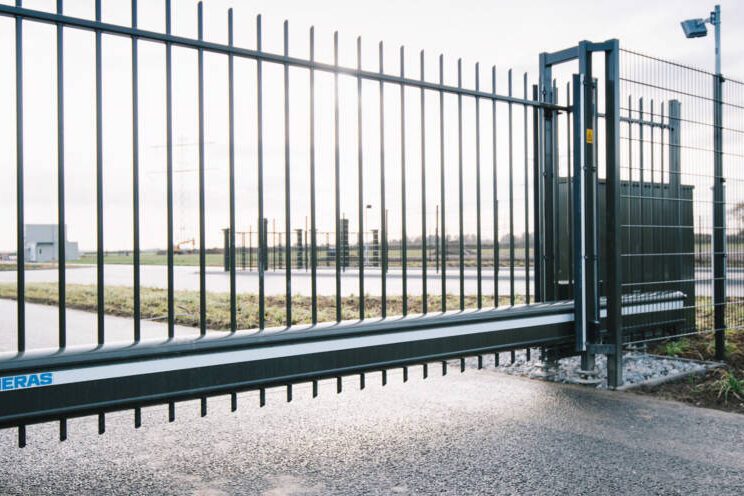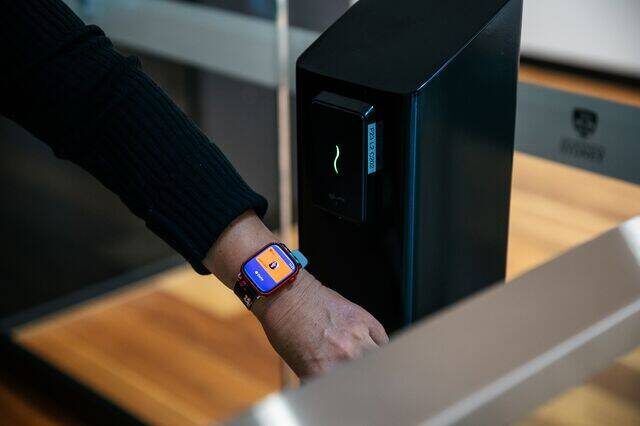Security Buyer Editorial Ambassador, Simon Legrand, CMO of Sunstone Systems unveils the blueprint guide to designing, manufacturing and implementing CCTV systems with Managing Editor Rebecca Spayne
The adoption of solar-powered CCTV systems in the United Kingdom has been on an upward trajectory, reflecting a broader global trend towards sustainable and innovative security solutions. These systems find their utility in a diverse range of settings, thanks to their versatility and the increasing need for efficient, off-grid surveillance technologies.
In today’s world, where technology is advancing at an unprecedented pace, the search for reliable and effective security solutions has become more critical than ever. The dynamic nature of security threats, coupled with the increasing dependence on technology, makes this a challenging yet vital endeavour. Off-grid systems, especially Solar CCTV Systems, have emerged as key players in this field. These systems represent a fusion of renewable solar power technology with surveillance capabilities, offering a sustainable and efficient solution to security needs for temporary instalment or in areas without access to the traditional power grid.
Typical Applications in the UK
In urban areas, solar-powered CCTV systems are becoming a common sight. They play a crucial role in enhancing public safety, deterring criminal activities, and monitoring crowded spaces. Their ability to operate independently from the power grid makes them especially useful in city environments where installing traditional power lines can be disruptive or expensive.
The use of these systems extends to traffic management and road safety as well. Here, they assist in monitoring traffic flow, identifying congestion points, and sometimes even in enforcing traffic laws. The reliability of solar-powered systems ensures consistent operation, crucial for the dynamic nature of traffic patterns.
In more remote locations, where access to the power grid is limited or non-existent, solar-powered CCTV systems are invaluable. They are used for monitoring wildlife, overseeing agricultural lands, and securing industrial sites. Their off-grid capability allows for surveillance in these isolated areas without the need for extensive infrastructure development.
Challenges and Limitations
Like any solution or new technology, despite their growing popularity, solar-powered CCTV systems in the UK are not without challenges. One notable limitation is their dependence on weather conditions. In regions with less consistent sunlight, particularly during the winter months, the efficiency of these systems can be compromised. This necessitates the need for a backup power source, which can add to the overall cost and complexity of the system.
Another concern is the initial investment required for solar-powered CCTV systems. Although they offer long-term cost savings and environmental benefits, the upfront cost can be higher than traditional systems. This can be a deterrent for smaller businesses or local governments with limited budgets.
Additionally, the maintenance of these systems can be more demanding. The solar panels and batteries require regular checks and upkeep to ensure optimal performance, which might not be feasible in some of the more remote or hard-to-access locations.
Examples in practice
A notable example of an effective use of solar-powered CCTV could be in a large city such as London, where these systems can be implemented for public safety and traffic monitoring. The installation of these cameras would help reduce street crime and enhance traffic monitoring. The hypothetical London case study also demonstrates the potential for these systems to integrate with existing city infrastructure, offering a flexible and eco-friendly solution to urban surveillance needs.
This also highlights the importance of community involvement in surveillance projects. The transparency in the deployment of solar-powered CCTV systems and public awareness about their purpose and operation can contribute to their acceptance and effectiveness.
Solar-powered CCTV systems in the UK represent a forward-looking approach to security and surveillance. While they offer numerous advantages in terms of sustainability and flexibility, challenges such as weather dependence, initial costs, and maintenance requirements need to be carefully considered. The London example serves as a testament to the potential of these systems in urban settings, indicating a promising future for this technology in the realm of public safety and beyond.
In terms of a remote setting example, imagine a remote industrial site located in the rural outskirts of Northern England, specialising in chemical processing. These sites are typically faced with significant security challenges. Due to its isolation and the nature of its operations, the site is at risk of unauthorised access, theft, and vandalism. The absence of a reliable power grid in this remote location compounds these challenges, making traditional CCTV systems impractical…
Read the full article in our latest issue here.
Never miss a story… Follow us on:
Security Buyer
@SecurityBuyer
@Secbuyer
Media Contact
Rebecca Morpeth Spayne,
Editor, Security Portfolio
Tel: +44 (0) 1622 823 922
Email: editor@securitybuyer.com









